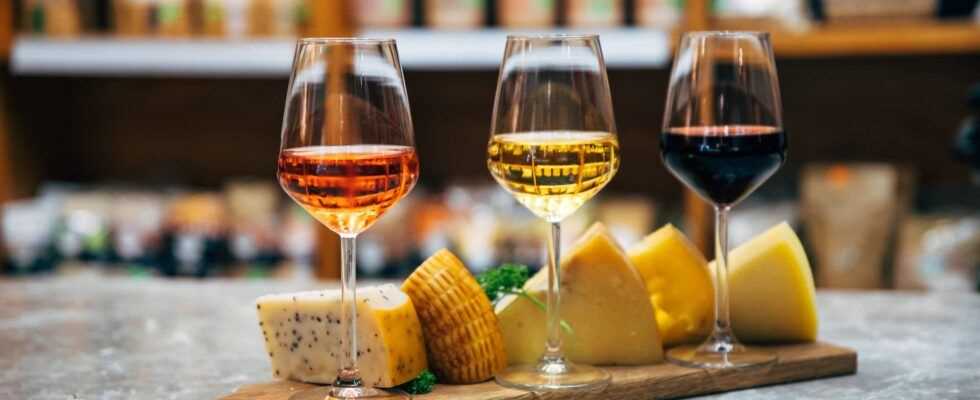Gourmets have long wondered how cheese changes the taste of wine and vice versa. Some say wine and cheese should come from the same region. But cooking is an art, and for artists there are rules to be broken.
Still, there are some physiological foundations. For example, the proteins of some dishes combine with the tannins of an astringent wine, i.e. a variety that causes the vessels to contract when consumed. The proteins in cheese, for example, can prevent the tannins from combining with the salivary proteins and creating an unpleasant, rough feeling in the mouth.
series »Culinary Laboratory«
A glass of wine tastes best with a piece of cheese. But why actually? Why does tea have a detoxifying effect? And how do cookies get really crumbly? The chemist Hervé This, an expert in molecular gastronomy, chats from the potty.
- Monday (December 27th): A harmony of wine and cheese
Why they taste best together - Tuesday (December 28th): Pastries made from velvety crumbs
This will give the dough the right consistency - Wednesday (December 29th): A different kind of mustard
Experiments around the hot core of mustard oil - Thursday (December 30th): Detox with tea and coffee
In this way the good triumphs over the bad - Friday (December 31st): The chemistry between wine and cork
From the inside of a bottle
To find out more about this, a team led by Pascal Schlich examined the sensations of taste using a proprietary analytical method that he himself developed at the Center des Sciences du Goût et de l’Alimentation (a center for the science of taste and nutrition) in Dijon. In this method, taste sensations are listed on a computer screen, and the test subjects can repeatedly state the prevailing sensation as well as an overall assessment of the taste during the tasting. In this way, after a sufficient number of tastings, one can discover the laws governing the taste of food and drink. In the present case, they used the method to research the taste interplay between cheese and wine.
The research group selected four wines – Pacherenc, Sancerre, red Burgundy and red Madiran – and paired them with four types of cheese: Comté, Crottin de Chavignol, Époisse and Roquefort. The test subjects were 13 men and 18 women who had already participated in similar studies. Of course, the temperature and brightness of the room, the size of the portions and other parameters of the tasting were precisely regulated, because the taste of cheese and wine can change quickly.
